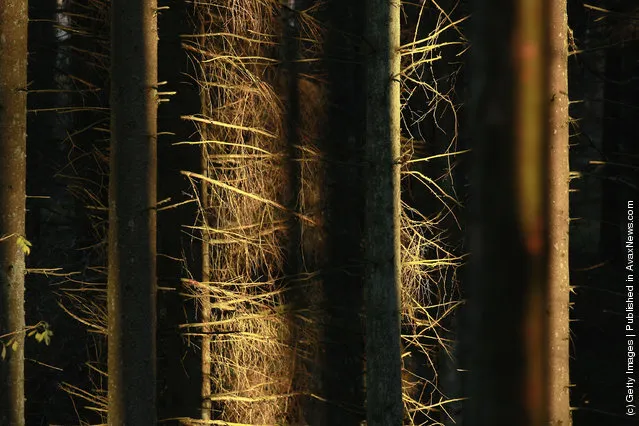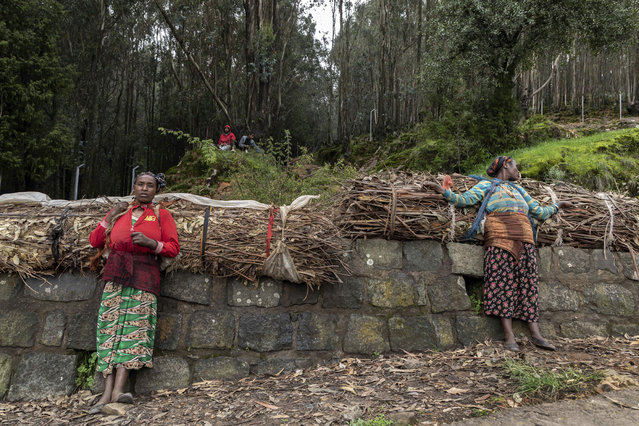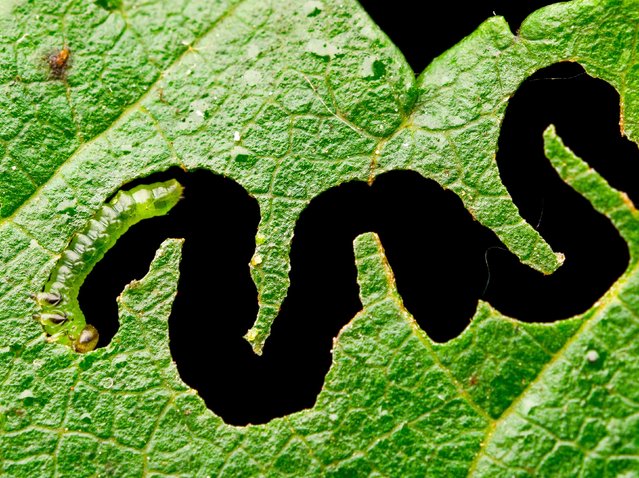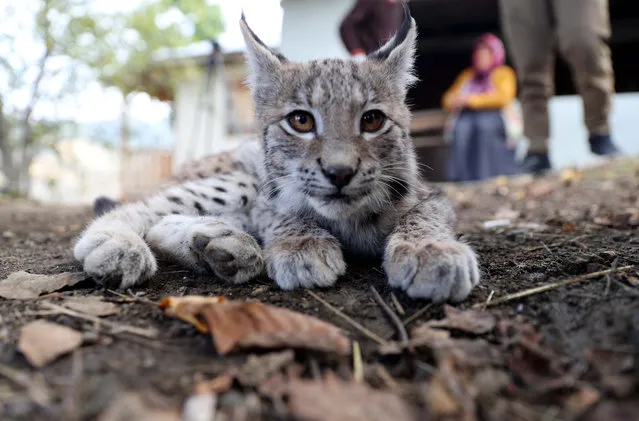
Fifth-grade students of the General Yermolov Cadet School get prepared before their first military tactical exercise on the ground, which includes radiation resistance classes, forest survival studies and other activities, in Stavropol, Russia, September 10, 2016. Picture taken September 10, 2016. (Photo by Eduard Korniyenko/Reuters)
12 Sep 2016 10:12:00,post received
0 comments







